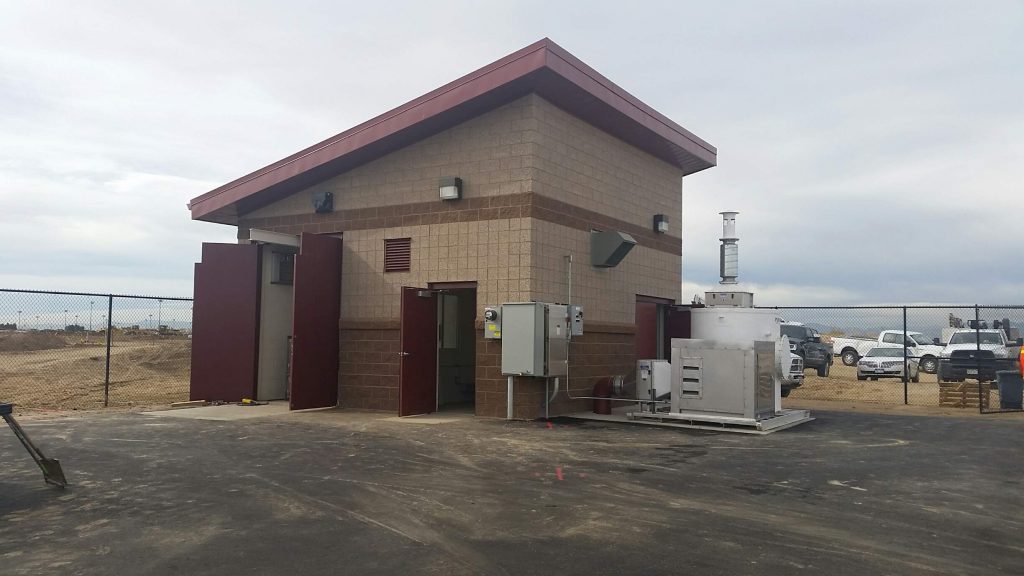At the point when wastewater is circulated air through adequately, its natural matter lessens and a flocculant slop comprising of different microorganisms is framed. To work on the cycle, the flocculant actuated slop is held in the framework as inoculum. This is accomplished by settling the wastewater and recycling the microbial mass. A piece of this wastewater enacted slime is squandered intermittently as combination of new cells proceeds.

* The life forms engaged with the enacted slop treatment process are vigorous chemoheterotrophic, i.e., those which use natural mixtures as hotspot for carbon for cell amalgamation and energy by involving oxygen as electron acceptor.
* Stage I: Initially, the macromolecules are hydrolyzed or separated into their monomer compounds. These responses are generally completed extracellularly in wastewater actuated muck treatment process. When their size is decreased they are shipped into the cell.
* Stage ii: Later, the little particles created in stage I am to some extent corrupted, delivering 1/third of their all out energy to the phone. In the process various items are shaped which fill in as antecedents of both anabolic and catabolic courses of stage iii.
* Stage iii: The catabolic course oxidizes the mixtures and produces carbon dioxide and energy. The anabolic course which requires energy brings about combination of new cell material that partakes in enacted slop process control.
Numerous microorganisms take an interest in the above water treatment system during wastewater treatment. Actuated slop requires that both the lower and higher protists assume huge parts. By and large, the organic entities in muck culture might be isolated into four significant classes these are not unmistakable gatherings and a specific life form might show more than one such conduct:
* Floc-shaping organic entities: This assistance to isolate the microbial slop from the treated wastewater Zooglea ramigera and an assortment of different life forms flocculate in the actuated slime tank. Flocculation is perceived to be brought about by the extracellular polyelectrolytes discharged by these microorganisms.
* Saprophytes: the saprophytes are miniature living beings that corrupt the natural matter. These are for the most part gram-negative bacilli like pseudomonas, flavobacterium, alcaligenes and the floc formers.
* Hunters: the fundamental hunters are protozoa which flourish with microscopic organisms. It has been observed that the protozoa can be upto 5% of the mass of natural solids in the frameworks. Ciliates are normally the predominant protozoa. They are either connected to or slither over the outer layer of muck flocs in this wastewater enacted ooze. Rotifers are the optional hunters. At the point when rotifers happen in bounty, we can make certain of an all around balanced out squander, since rotifiers die in profoundly contaminated waters.

Comments are closed, but trackbacks and pingbacks are open.